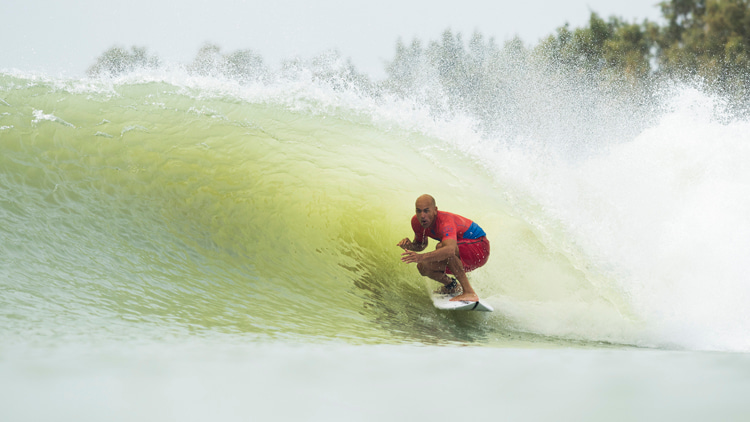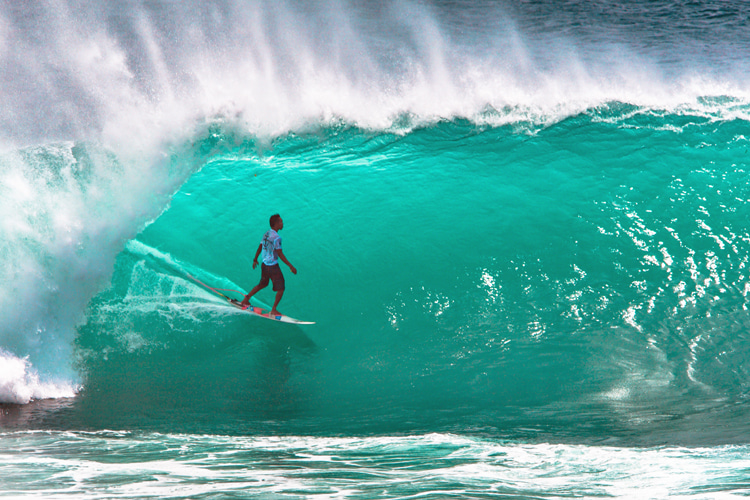Scientists at Scripps Institution of Oceanography in San Diego, California, concluded that offshore wind promotes the creation of barreling waves.
A study published in the Journal of Fluid Mechanics confirms the empirical notion that winds blowing from land to ocean help develop perfect-breaking tubular waves.
Falk Feddersen and his team analyzed the patterns and breaking behavior of waves at the Surf Ranch in Lemoore, Central California.
The wave pool facility allowed researchers to record the movement of identical waves in a controlled environment where the only variable changing is wind.
The research team mounted cameras, flew drones, and installed light detection and ranging (LIDAR) technology to monitor the breaking of the waves with different wind speeds and directions.

Spilling vs. Plunging Waves
The impact of wind on the way waves break has not been studied much.
This is because it is hard to separate environmental factors such as tides, the depth of the water, and random and directional waves from the effect of the wind.
"Surfers know that when the wind is offshore, the surf is generally better than onshore," underlined coastal physical oceanographer at Scripps, Falk Feddersen.
"Although this is common surfing wisdom, it has not been something that has been scientifically studied."
So, while offshore winds tend to smoothen out wave faces and encourage a cavern-like structure perfect for surfers, onshore winds contribute to creating the so-called spilling waves.
In a spilling wave, whitewater cascades down the wave face, resulting in lower levels of turbulence generation.
"For stronger onshore wind, the size of the wave overturn - or barrel - was shown to be smaller and more narrow in contrast to the larger and more square overturns for offshore wind," the researchers note.
Impact on Surf Forecasting
However, the results of this research go beyond the spectrum of surfing.
The findings enable scientists to understand how the direction and strength of the wind influence, for instance, nearshore ocean physics like bathymetry and sand movement under breaking waves.
A breaking wave under different wind conditions will ultimately affect the shoreline and the beach system, including dunes and coastal armoring.
By concluding that onshore and offshore winds alter the pressure distribution on the wave's surface, changing its shape as it breaks, researchers opened the way to another revolution.
"Wave models to date have not included these wind effects," added Feddersen.
So, can the most popular surf forecast systems embed this valuable data to evolve and deliver even better and more granular wave reports?
Yes - it is a matter of time.
The analysis team included members from the Scripps Institution of Oceanography, the University of Southern California (USC), the U.S. Army Corps of Engineers (USACE), and the University of North Carolina at Wilmington (UNCW).
